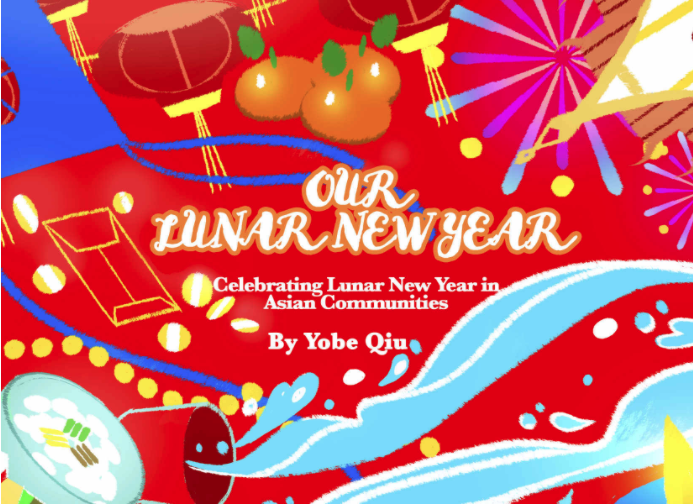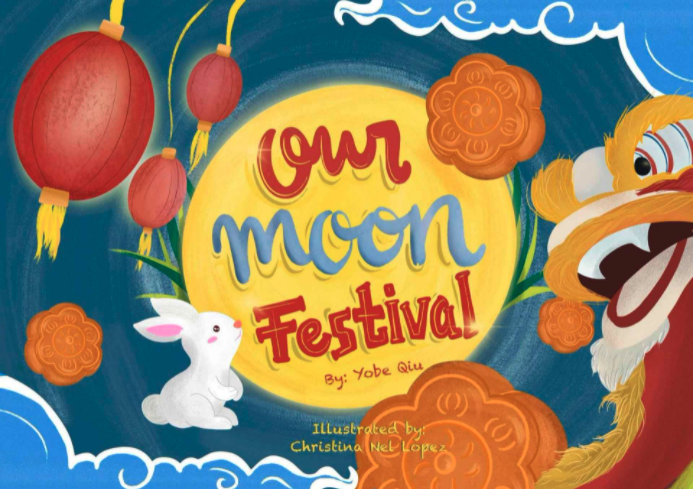
Join the Verbs on the Move
Dive into an exciting adventure where storytelling meets language education! In “Verbs on the Move,” readers embark on a journey through vibrant tales that bring the world of verbs to life. This book seamlessly blends captivating stories with educational insights, making learning both fun and engaging.
Explore:
- Action Verbs
- Linking Verbs.
- Helping (Auxiliary) Verbs:
- Regular/Irregular Verbs
- And more!
Join in this linguistic adventure and watch as verbs come alive, guiding you through life’s movements and challenges with kindness, playfulness, and purpose.

I received a complimentary copy of this book from Reedsy Discovery. I voluntarily chose to read and post an honest review.
G.L. Sinclair is the brilliant creator behind the Adventures in Language series. Punctuation Retreat, book one in the series, presents information in a whimsical and fun way that entertains kids instead of their typical reaction to grammar lessons — yawns. Their last grammar book, Magical Noun Quest, helped elementary students discover the magic of nouns and how the world would crumble without them. This time, kids will dive into another exciting literary adventure, bringing the world of verbs to life. Action verbs. Linking verbs. Helping verbs. Transitive or intransitive verbs. The creator will educate and entertain their audience through a creative storyline and (sometimes) silly images. I snickered at the pink and purple elephant rocking a tutu as they danced through time with their comrades. The Verb Goblin looked adorable in his dictionary page-turned hat. It sparked a childhood memory of how we folded the weekend newspaper into hats that doubled as boats. There was so much to love about Verbs on the Move. Follow me as I summarize its eight chapters.
Alex was a curious ten-year-old who aspired to become a writer. He knew achieving his goals meant studying grammar. Today, Alex focused on verbs, the tiny but powerful words that made sentences come alive. As Alex relaxed in the treehouse with a book on verbs, his eyes grew heavy, and soon he was drifting off to sleep. No sooner had Alex closed his eyes in his fortress of solitude (aka the treehouse) than he was transported to Verb Village, where guests were about to discover which verb is the fastest. The racers had cutesy action word names, such as Running Rita and Dashing Dan. Even the race’s organizer had an action-infused name: Action Andy. The race was action-packed; unfortunately, readers won’t see any of it. However, there was a picture of the winning trophy, which had a unique feature. (No spoilers)
Alex’s time at Verb Village carried over into his next night’s sleep. Tonight’s mission is to assist Helping Harry in figuring out how to help the main verbs with the correct tense; a tedious mission unless you join Main Verb Mary’s learning game at the playground. Townspeople were leaping over exclamation point hedges, among other imaginative obstacles. Learning about present, past, and future verb tenses has never been this much fun!
In chapter three, the Verb Goblin is being his mischievous self, turning verbs into nouns. We watch inanimate objects come to life, such as the table that sprouted arms and legs. I hoped more images were included featuring moments from the bizarre talent show, such as tables stacking dishes into towers or a joke courtesy of the winged stick of butter. But that said, kids will understand how to turn a noun into a verb through the writer’s creative storytelling. For example, by adding -ing to ‘book,’ the noun has been transformed into a verb (booking).
As Alex’s adventure in Verb Village continues, we meet Stative Steve. Stative might be an unfamiliar literary term for most kids. It’s a verb that describes states of being. For example, if someone tells you they are feeling blue today, you understand they are sad. The author also explores transitive (verbs that need an object) and intransitive (verbs that don’t need an object), two more (possibly) confusing verb words. Transitive Tina and Intransitive Ian attempt to simplify a mind-twisting subject matter. Do they succeed in their quest? Yes, they do through (what I consider) a verb improv show. The performance might inspire classrooms to create an improv show. Wouldn’t that be fun!
Alex’s journey into the land of verbs continues at The Greatest Verb Bake-Off. Like with the race, every contestant’s name begins with a verb. While the names were catchy, their unique skills captivated me the most. Mixing Mike’s arms spun like mixer beaters while Stirring Sarah dazzled audiences with pirouettes as she stirred not one…not two…but three bowls at once. Oh, how I would love for this scene… better yet, the entire book brought to life! It would be a perfect educational animated program for kids who enjoy cartoons like Wild Kratts or Magic School Bus. This chapter had to be my favorite. The chefs worked as a team to fix the Verb Goblin’s kitchen tricks. Read the story to find out what trick he played and how it affected the kitchen. Be ready to have your sweet tooth activated!
I was amazed at the writer’s ability to develop scenes with witty dialogue that simplified the parts of speech. Whether we join Alex at the Verb Olympics, the racetrack, kitchen, playground, town square, festival, or other exciting areas in Verb Village, kids will realize verbs’ essential role in bringing sentences and stories to life!
Verbs on the Move: Adventures in Language entertains and educates the audience through witty dialogue and action-packed scenes. It’s a must-have for your public or homeschool curriculum!
Heart Rating System:
1 (lowest) and 5 (highest)
Score:
Meet the Author

Amazon Author Page Link
Reedsy Author Link
![]()














